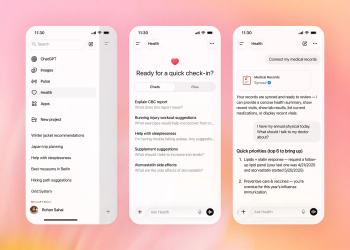
Many older adults can’t afford prescription drug insurance
Lower household income and requiring multiple medications play large roles
While only 5% of older adults lacked prescription drug coverage in 2021 – down from 32% in 1998 – 20% reported financial hardship from prescription drug purchases, according to a
Those without prescription drug
The researchers said that among older adults in the United States, policies that reduce the out-of-pocket
The report states that the inability to pay for prescription drugs is an important determinant of medication adherence that may lead patients to ration or split doses, delay refills or new prescriptions, and even stop taking medications altogether. Cost-related nonadherence compromises the therapeutic effectiveness in managing most chronic diseases, persists even when patients cut back on basic health-related social needs, and consequently leads to higher preventable health care expenditures.
The data were from four nationally distributed, cross-sectional surveys of older adults to track coverage for and financial hardship from purchasing prescription drugs.
Newsletter
Stay informed and empowered with Medical Economics enewsletter, delivering expert insights, financial strategies, practice management tips and technology trends — tailored for today’s physicians.








